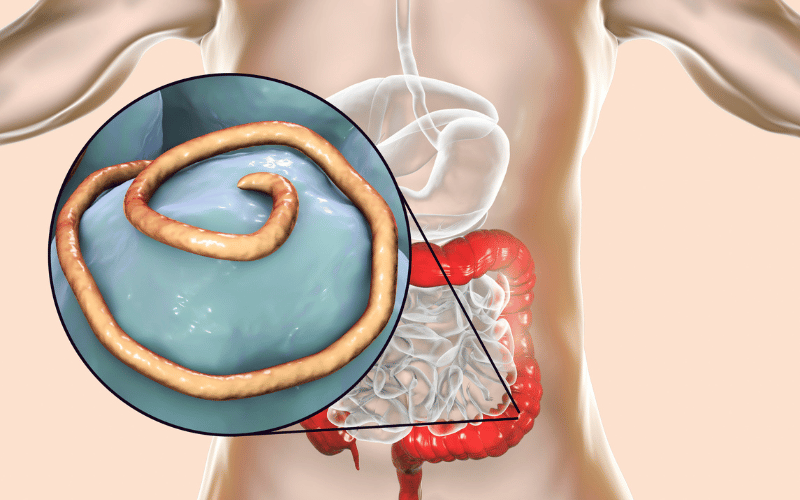2. Parasitic Infections: Beyond the Surface

Parasitic infections are a significant cause of eosinophilia, particularly in areas with poor sanitation. The relationship between parasitic infections and eosinophilia is intricate, involving the body’s defense mechanisms against these invaders. This section will delve into how parasitic infections trigger eosinophilic responses, the types of parasites involved, and the impact on the body.
When the body is invaded by parasites, such as helminths or protozoa, it mounts a defense. Eosinophils are a crucial part of this defense. They attack the parasites directly or coat them for destruction by other immune cells. This increase in eosinophils is a hallmark of the body’s attempt to fight off these parasites.
Various parasites can cause eosinophilia. Hookworms, found in contaminated soil, can enter the body through the skin. Once inside, they migrate to the intestines, leading to eosinophilia. Other parasites, like the roundworm or schistosomes, also trigger a similar response. These parasites are more common in tropical and subtropical regions but can be found worldwide.
While eosinophils are essential in fighting parasites, their increased numbers can cause problems. The substances they release to combat parasites can damage surrounding tissues. This can lead to symptoms like abdominal pain, diarrhea, and in some cases, respiratory issues. The severity of these symptoms often correlates with the degree of eosinophilia.
Effective management of parasitic infections is crucial in controlling eosinophilia. This typically involves anti-parasitic medications. Identifying the specific parasite through laboratory tests is essential for choosing the right treatment. Alongside medication, improving sanitation and education about avoiding parasites play vital roles in prevention. (2)